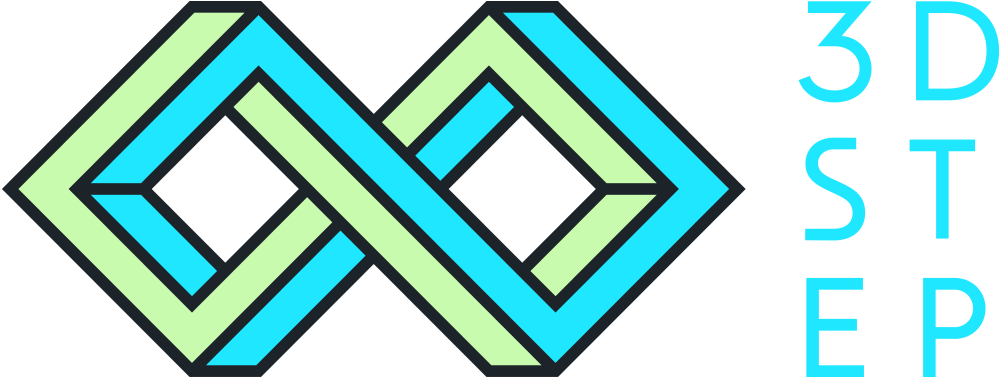Printing the future: A UX Workshop at 3DStep explores the potential of 3D printing
Recently, we hosted an innovation workshop, bringing together UX students, researchers, and practitioners. We explored the exciting intersection of 3D printing and user experience (UX) design. It wasn't just about cool prototypes – we delved into the possibilities of 3D printing for a more sustainable future of interaction design, and fast steps from ideas to products.
Beyond the Prototype: 3D Printing for UX
3D printing is a great tool for UX design. Imagine crafting physical models for rapid usability testing, iterating on interface designs with tangible prototypes, or even creating custom ergonomic tools. The workshop discussed ideas for leveraging these strengths. Students envisioned 3D-printed wearables and researchers explored possibilities for interaction accessories. Practitioners shared their experiences using 3D printing to create unique and user-centered experiences for clients.
The Sustainable 3D Printing
But the conversation didn't stop at functionality. Sustainability was a key theme throughout the workshop. Participants recognized the potential environmental impact of 3D printing, from material waste to energy consumption. Discussions explored innovative solutions: using recycled materials for filament, designing products with minimal post-printing waste, and even the potential of bioprinting with sustainable materials. The focus shifted from "printing anything" to "printing responsibly."
A Collaborative Platform for a Sustainable Future
The workshop wasn't just about brainstorming cool ideas. It was about fostering collaboration between future UX professionals and those already shaping the field. This cross-pollination of knowledge is crucial for ensuring that 3D printing becomes a sustainable force in UX design. Students gained valuable insights from practitioners, while researchers received fresh perspectives from the next generation of UX thinkers.
On the research arena
Numerous articles discuss 3D printing in human-computer interaction research. Here are 3D examples from very different types of disciplines (art, medical, education):
3D Printed Art Using Bioplastic and Plant Based Resin. Rosangella and Leote. ARTECH '23: Proc. of the 11th International Conference on Digital and Interactive Arts. November 2023
MoBi-LE - A Low-Cost 3D-printable Robot to Educate Children in Waste Disposal. Schiffer and Liu. HRI '24: Companion of the 2024 ACM/IEEE International Conference on Human-Robot Interaction. March 2024.
On the Use of Modeling 3D Reconstruction and 3D Printing Methods to Improve Simulation-Based Training in Cardiology. Farahat et al. ASONAM '23: Proceedings of the 2023 IEEE/ACM International Conference on Advances in Social Networks Analysis and Mining. November 2023.
Future directions
The future of UX design is being printed, one layer at a time. This workshop highlighted the immense potential of 3D printing for creating user-centered experiences. But it also emphasized the importance of doing so with a sustainable mindset. By working together, UX professionals can ensure that 3D printing remains a powerful tool for not just creating usable products, but also creating a more sustainable future for human-technology interaction.
Although 3D printing is well known in UX communities, there are still enormous untapped possibilities for developing better interactions and places for more creative sustainable solutions for students, researchers and practitioners. We at 3DStep have the mission to increase this awareness and connect UX communities with 3D printing opportunities.
Contact us at 3DStep to discuss new UX ventures.


